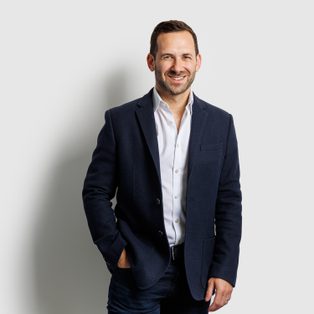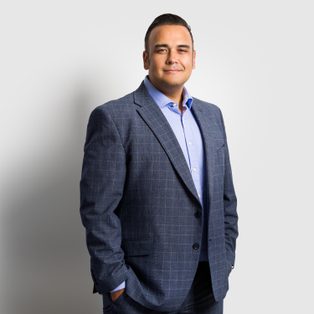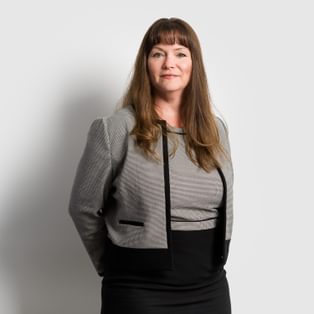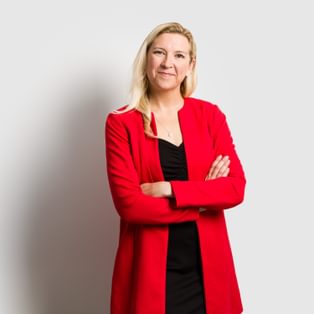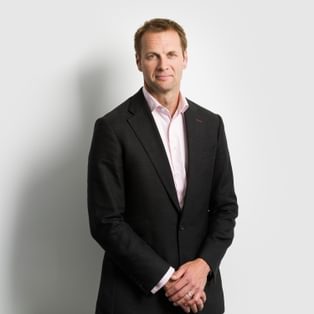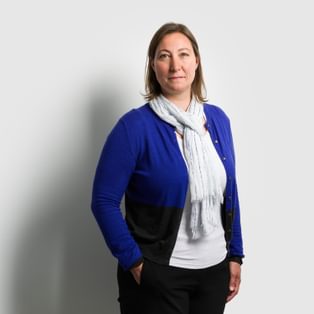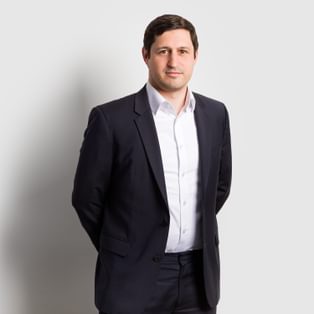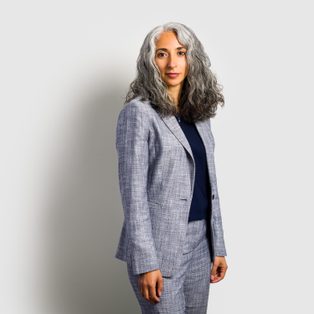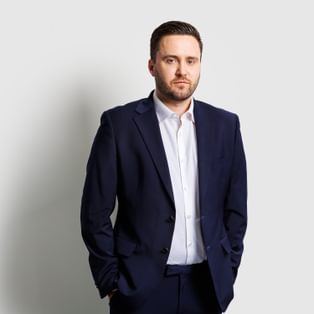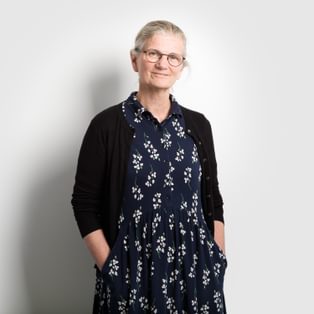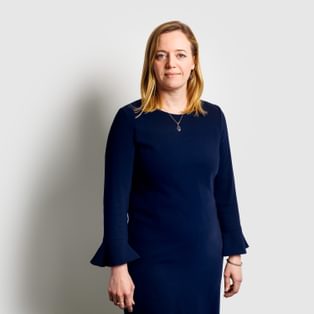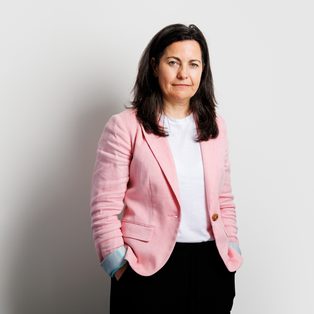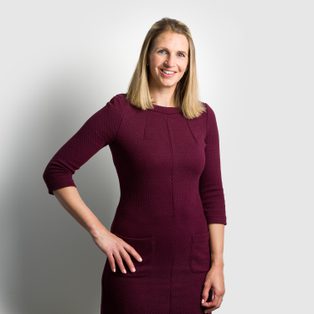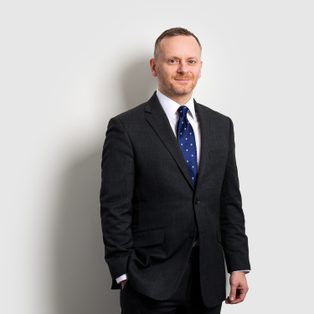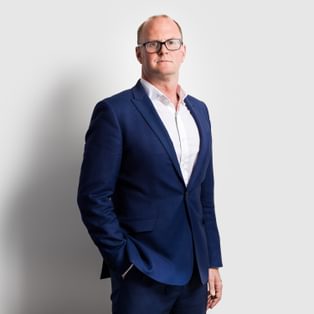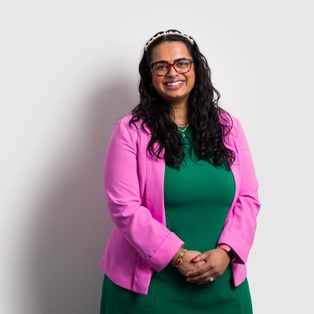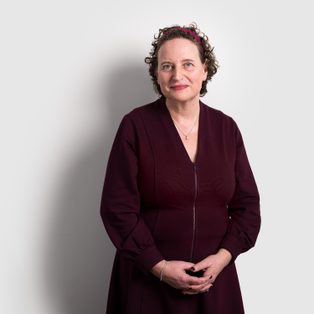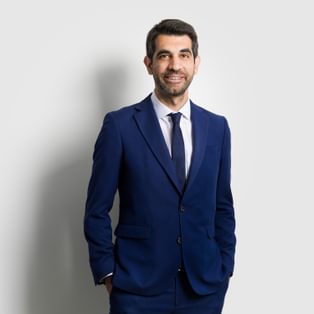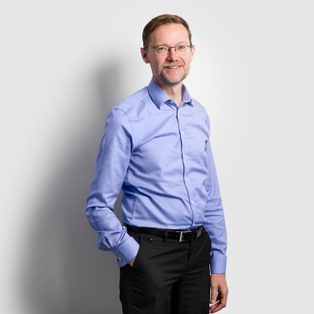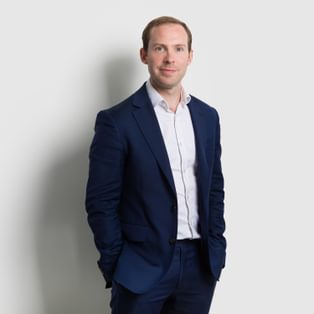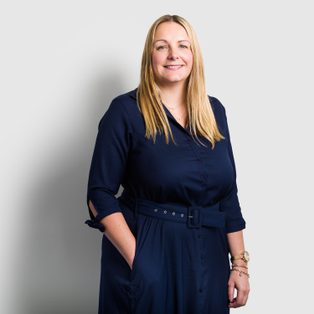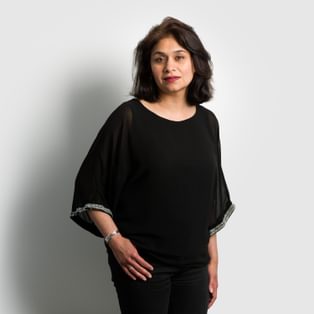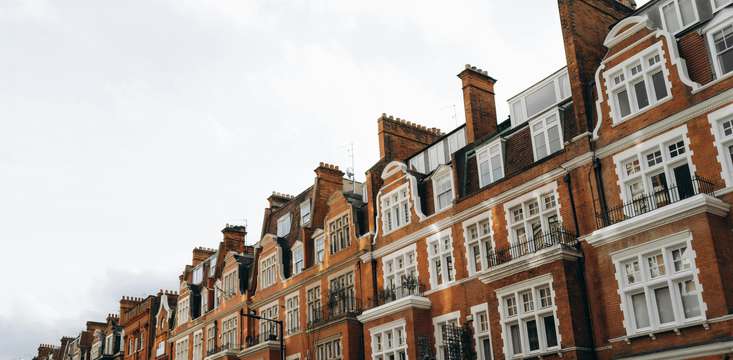Newly appointed Senior Associate, Sarah Rock discusses the legal challenges faced by building a national digital twin.
What is a digital twin?
A digital twin is a real time digital representation of a physical asset or piece of infrastructure. The construction world is beginning to embrace Building Information Modelling (BIM) and the standard form building contracts are adapting to reflect this.
A huge advantage of using BIM is its use in operating an asset – NEC has developed its Facility Management contract to allow for this. However, in reality very few if any models created using BIM during the design and construction phase of a built asset are handed over for the owner to use and manage their asset smartly. There are a few possible reasons for this:
- Lack of IT infrastructure at asset owner/operator level
- Lack of skillset at asset owner/operator level
- Reluctance at contractor/consultant level to take legal responsibility for an ‘as built’ model
Why are digital twins important?
All of the crucial information relating to an asset stored in the model (created by the contractor and consultants) can provide an effective and smart way to manage the asset. This digital twin of all of the data relating to the building can be kept up to date allowing for modelling of new scenarios in the digital space before carrying them out for real in the physical asset. For example, a digital twin of a hospital would allow the facility manager to model moving beds and wards around to provide a faster, more productive real physical change in response to a pandemic.
What is a national digital twin?
A national digital twin is not one giant model of everything in the country, rather it is intended to be a series of federations of digital twins which interact with one another. Each twin is linked to another by secure sharing of data. This use of the internet of things and 5G technology could allow for a better planning system or disaster readiness.
One simple example of this new system is rubbish bins in the streets. Presently refuge collectors visit each bin in turn on their round and empty what is there. But smart rubbish bins could ping the refuge collector’s vehicle once full, allowing the refuge collectors to only visit and empty the bins that need emptying. This simple but effective approach could save time, money and most importantly of all the carbon footprint of the refuge collectors.
Who is driving this forward?
The Centre for Digital Built Britain (CDBB) has been tasked with making the national digital twin a reality. The CDBB is a partnership between the Department of Business, Energy & Industrial Strategy and the University of Cambridge to deliver a smart digital economy for infrastructure and construction for the future and to transform the UK construction industry’s approach to the way we plan, build, maintain and use our social and economic infrastructure. The CDBB brings together industry, academia, and policy makers in order to consider the wider effects of the digital agenda on society and the economy.
Launched by HM Treasury in July 2018, CDBB’s National Digital Twin (NDT) Programme and Digital Framework Task Group were set up to deliver key recommendations of the National Infrastructure Commission (NIC) 2017 “Data for the Public Good Report” notably:
- to steer the successful development and adoption of the information management framework for the built environment, and
- to create an ecosystem of connected digital twins – a national digital twin– which opens the opportunity to release value for society, the economy, business and the environment.
What legal problems does this pose?
There are clear and obvious data sharing implications related to creating the national digital twin. Existing data may not be up to date or as accurate as required for the project – who is responsible for this? The governance of the national digital twin needs to set out clearly where the Intellectual Property in the data sits.
Existing standard form contracts and methods of procurement (particularly in construction) are going to need to adapt to respond to the changes that lie ahead. Further, insurers, funders and asset owners will need to adapt themselves as well as their ways of working legally to cater for the changes which are coming down the line.
There are no issues with creating a national digital twin that are deemed to be insurmountable from a legal point of view. Informed legal mindsets and agile thinking can assist in making the national digital twin a success that will help all of our futures.
Sarah Rock recently chaired a series of legal roundtables for the CDBB – the report can be found by registering on the CDBB Hub.




